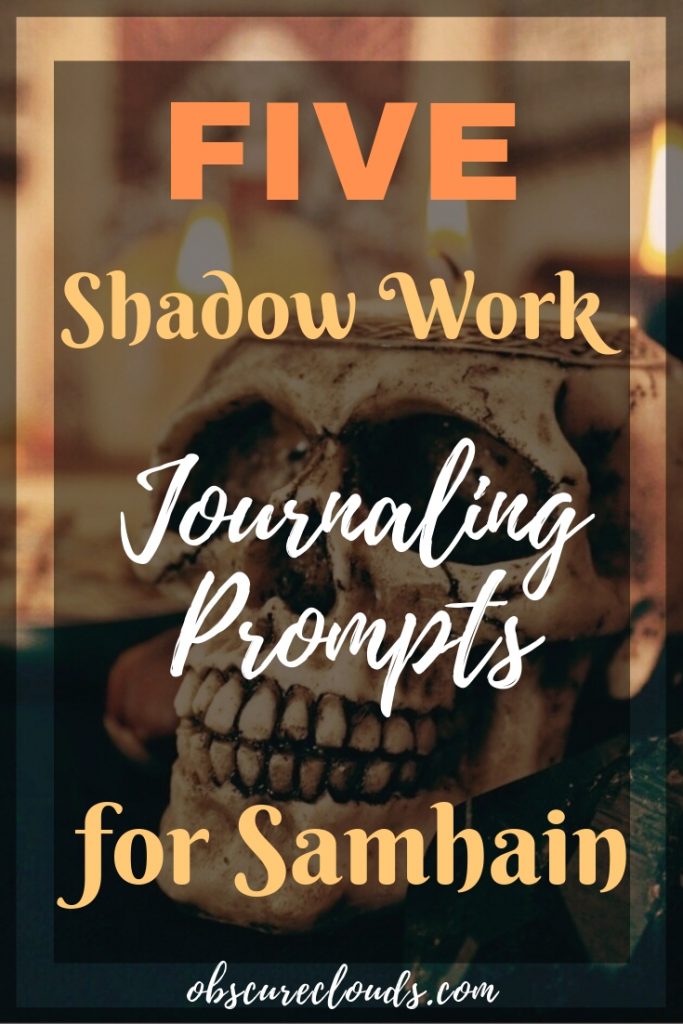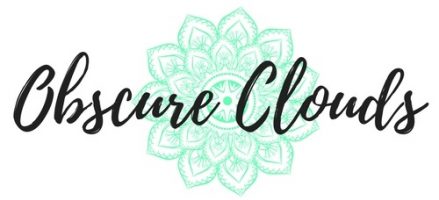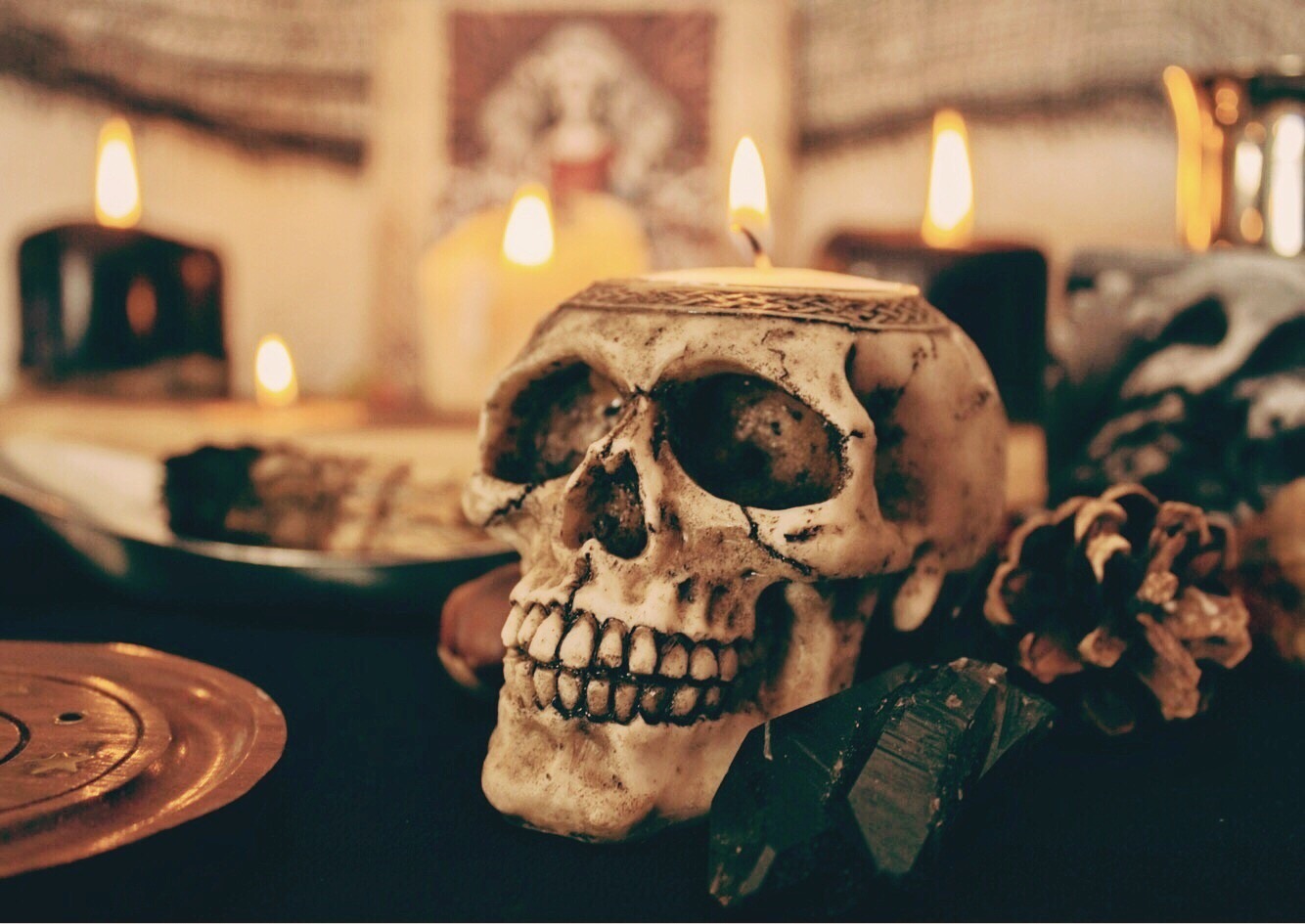With Samhain nearly upon us, the season of shadows is here.
Sunlight wanes, days become shorter and colder, and darkness envelops us, drawing us into the mysteries of the night. Samhain, which is a contemporary Pagan celebration based on an ancient Celtic tradition (though very little is known about this), falls between October 31st and November 1st (or April 30th and May 1st for those in the Southern Hemisphere). It is often deemed the “Witches’ New Year,” and therefore marks a key time in the Wheel of the Year for letting go of the past in preparation for the future.
It’s also a time when the veil between this world and the metaphysical “Otherworld” is considered to be at its thinnest, allowing for increased connectivity between the two realms. It’s a time when spirits, demons, ghosts, and other creatures of the night may walk freely among the living, often causing mischief and evoking terror among those who encounter them.
This time of year is exceptionally liminal, and we may find ourselves with one proverbial foot in this world and one in the Otherworld, neither here nor there. The Other may appear to us more than usual, sometimes in unexpected and undesirable ways, making its presence explicitly known.
And whether you believe in a literal “Otherworld” or not, Samhain is a time for encountering the Other that is us—for contending with the ghosts and demons that exist within our own minds, haunting all that we say and do.
This thinning of the veil, however you want to interpret it, provides an opportunity for us to journey into the metaphorical underworld: that of the unconscious. In these moments of increased darkness, we may turn inward, delving deep into the shadowy corners and hidden passages of the psyche previously overlooked.
Many Pagans, witches, and otherwise spiritually inclined persons see Samhain as the time to begin what’s known as “shadow work”—a psychological practice of identifying and accepting one’s inner demons. Shadow work is based on Carl Jung’s concept of the Shadow: the idea that as human beings, we all have these “negative” aspects of self and psyche, shadow aspects that don’t fit with society’s framework of what it is to be a good person. These may include emotions like jealousy, anger, or greed, and may manifest in actions like bullying, cheating, or lying—behaviours that are deemed anti-social and wrong by our culture. So, because of societal expectations, and due to the ways we are raised, we learn to repress these shadow aspects of ourselves, hiding them not only from others, but from ourselves as well, burying them deep within the unconscious. As a result, we become these fragmented beings—split between our conscious and unconscious selves.
But this split doesn’t mean that these shadow aspects remain subdued. On the contrary, the more we attempt to ignore and suppress them, the more they manifest in our behaviours and relationships, often making us say and do things that we don’t understand.
For Jung and his contemporaries then, the ultimate goal is not to leave behind the shadow aspects of self, but to embrace them—to accept them as a part of our being so that we may become fully integrated, whole selves once again. Rather than ignoring the shadows, we must accept that they are a part of us—that we are our shadows. Basically, the only way out of the darkness is to go straight on through it.
And this is so fucking far from easy.
For most people, not only facing their demons, but actually accepting them is a painful, often emotionally distressing process. It typically involves revisiting the past in order to understand where and how these shadows began to manifest. And I can tell you, encountering these ghosts from the past can be far more terrifying than meeting the kind of ghost one might expect to see on Samhain/Halloween.
It’s the demons inside of us that are the real demons. We are the most horrifying monsters.
One of the best methods for doing shadow work is keeping a journal specifically for that purpose—a place where you can be honest with yourself and really work through your internal conflicts. Writing things down can be incredibly helpful for processing your thoughts, as well as for keeping track of various connections that will inevitably appear as you begin to do shadow work.
As I’ve started on my own shadow work journey this month, I’ve created a list of five exercises and journal prompts that I’ve found helpful for approaching this immense task, and that are specifically Samhain-themed.

1. Face Your Fears
It’s simple, but you may want to start by asking yourself this: what are you afraid of? And I don’t necessarily mean in terms of something like demonic clowns (because really, who isn’t afraid of that?), but what are you genuinely afraid of? Is it failure? Rejection? Being alone? Dig deep and be honest with yourself. Then ask yourself why you’re so afraid of this. When have you experienced this in the past, and what might have caused you to develop such a fear of it?
The answers may not be immediately obvious, but a key part of shadow work is looking beyond the surface, stripping back the layers until some core of your being is exposed.
It may help to do a stream-of-consciousness exercise with this question as a method for getting past emotional resistances that may come up. Don’t let yourself stop writing until you’ve really made progress towards the heart of the issue.
2. Speak With the Dead
A traditional Samhain activity is to hold what’s called a “dumb supper,” wherein people invite the spirits of deceased relatives and ancestors to join them for a meal. An extra place is set at the table for the dead, and stories about them are shared as the living remember and honour those who have passed. For this exercise, you could hold a private dumb supper, and have a private chat with someone who was close to you.
Ask them what they would like to tell you, and what they might say about the person you’ve become. Is there anything they might take issue with? Any advice they would give you? How do you feel about that?
Alternatively, speaking with dead relatives or friends (or enemies) may provide an opportunity for you to say things that have been left unsaid, and explore emotions that perhaps you never had the chance to fully express. It could be helpful for contending with difficult relationships you had with particular people, such as an emotionally abusive relationship with a parent. The discussion may in turn bring up memories that are asking to be revisited and picked apart. Write down these memories, and how speaking with this person made you feel. As painful as it may be to relive some of these past experiences, sit with those feelings. Sink deep into them, and let them flow out onto the page.
3. Try Mirror Scrying
Although mirror scrying in witchcraft is typically a form of divination done with a black mirror, angled so that you can’t see your own reflection, there is another version of it that I find more helpful for the purpose of shadow work. This involves holding a lit candle in front of your face in a dark room while staring into your own eyes for a few minutes. Soon, you’ll begin to notice your facial features morphing into one another—twisting and contorting into a grotesque version of yourself… or perhaps you’ll see something that isn’t you at all. An animal, perhaps. Or a horrifying monster looming out of the darkness behind you.
While this certainly seems like Otherworldly creatures slipping through the veil, there is also a perfectly rational explanation for this chilling experience. The Troxler effect refers to the phenomenon whereby staring at a particular spot for a certain amount of time causes peripheral elements in the visual field to fade away, as the brain determines that they are not presently important. Moreover, it may begin to fill in the blanks with other elements familiar to it, such as animals, monsters, and demons, pulling up visuals from the unconscious mind.
So, when you stare at your face for long enough, you may find that your forehead grows to twice its size, or your cheeks melt off, or a terrifying creature appears behind you. And while these frightening beings may be figments of the imagination, that doesn’t make them any less real, particularly in the context of exploring one’s own inner demons.
So, after staring at your own twisted reflection for a while, write down what you saw looking back at you. Was it you, or someone else altogether? What were they trying to say? How did the experience make you feel? What did the flickering shadows have to tell you? Did you see something in them that cannot be seen in the light of day? What memories may have been brought to the surface?
4. Rewrite Myths or Folktales
A powerful link exists between the unconscious and the imagination, and exploring this connection can be helpful for some people when it comes to doing shadow work. You can take any myth or story, ancient or contemporary, and let your imagination run wild with it, rewriting it from any number of different perspectives. Put yourself in the place of various characters in the story, and ask yourself what you would do in their position. How can you relate to them? What makes you uncomfortable about them? What secrets are they keeping? What lies beneath the surface of the character’s persona?
I’ve found the story in Greek mythology of Persephone’s decent into the Underworld to be particularly interesting for this exercise (you can read one version of it here). Personally I see the myth not only as an explanation for the changing of the seasons, but more personally, as a metaphor for beginning shadow work—the journey into the Underworld as a symbolic journey into the unconscious. As such, the story can be a particularly illuminating framework for considering the archetypes and tropes in relation to one’s own psyche.
For instance, ask yourself who you relate to most in the story. Are you Persephone, being tricked into something you don’t want to do? What external forces are you fighting against in your own life? Though there are many versions of this myth, some where Persephone is being held against her will in the Underworld, and some where she actually falls in love with Hades, in most cases she is depicted as naïve and powerless. But what if she isn’t? What if she actually wanted to go down into the otherworld? What if it’s not Hades she falls in love with, but the power and superiority that comes with being the Queen of the Dead. Is that a desire you can relate to?
Or perhaps you might want to take the perspective of Demeter—the mother searching for her child ,perhaps for some lost aspect of her inner child?
One of the most magical things about these great myths that we tell over and over again is that they can be explored from an infinite number of angles, suited to fit a variety of situations. So, let your imagination take the reigns, and perhaps it will help you discover aspects of shadow that may not have otherwise been apparent.
5. Do Some Visualization
Finally, close your eyes and visualize yourself as a tree in mid-summer, with vibrant green leaves and sweet-smelling blossoms in full bloom. Focus on these leaves, imagining that each one is a representation of some part of your being—each a small part of who you are. From your sense of humour and your favourite novels to your childhood memories and relationships with family members and lovers. Each leaf one part of the intricate whole that makes up who you are as an infinitely complex individual.
Now, imagine that as the seasons begin to change, these leave change colour, from green to yellow, orange, and red. As they do, picture them falling from their branches, twirling and dancing their way to the ground below. Let yourself feel a tremendous sense of relief as this happens, letting go of these various aspects of self. Really feel what its like to let these parts of yourself fall away. Notice which leaves fall easily to the ground, and which are harder to let go of, resisting release more than others.
When most of the leaves are scattered on the grass below, pay attention to which ones remain attached to their branches. Which ones are brown and shriveled, ready to be let go, but remain clinging to the tree? What do these represent to you? Is it an emotion, like anger? A relationship with a particular person?
What can’t you let go of?
When you’re done with the visualization, write down the things that you’re having difficulty releasing and explore what that might mean. Why are you having trouble with these particular things? What’s blocking you, holding you back from really being able to take that great sigh of relief, and simply let everything fall away?
These prompts, like shadow work in general, are meant to bring out the darkness within. They’re meant to be difficult, meant to evoke painful emotions and recall challenging experiences. But, amidst this darkness, we may find the light in knowing that we are ultimately working towards becoming more authentic, integrated versions of ourselves. We can take solace in anticipating the transformation that lies ahead, as we remember that the cycle of life includes both death and rebirth–what dies within us now shall be reborn once again, brighter and stronger than ever before. And that I believe is a transformative process worth celebrating. So happy Samhain, folks.




Love your blog! Just reading through the shadow journal questions..I couldn’t find the link you referenced in the shadow prompts, about the myth of Persephone?
Thanks you! I don’t think I did actually reference a link for the myth of Persephone. I was just referring to the Greek myth generally, which you can find versions of all over the internet, like here: https://www.ancient.eu/persephone/. Hope this helps!